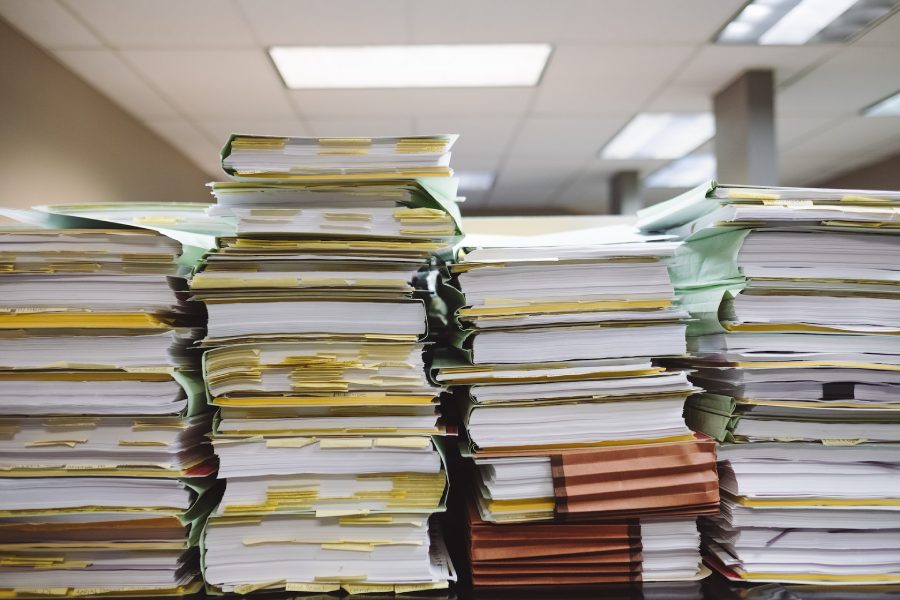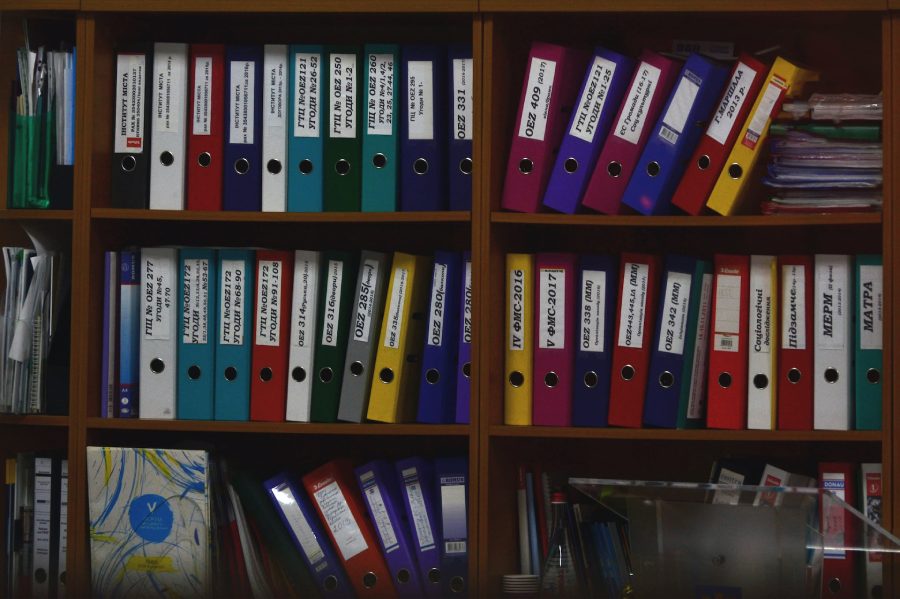There are several different ways for a private investigator to gather evidence. Most often, the collection of evidence begins with the questioning of witnesses, suspects and other people who may have important information for the case. These interviews can take place in person, over the phone, via videoconferencing, but also via a “mystery shopper” thanks to which the interviewed person is not aware of the activities performed.
Another way to gather evidence is to analyze documents. Depending on the case, these will include financial documents, emails, social media posts and other written communications. Detectives may use surveillance techniques such as monitoring a suspect’s movements or setting up cameras to gather evidence. Often, fingerprints, DNA samples and other types of forensic evidence are collected during the activities performed. In cybercrime or online fraud cases, detectives secure evidence in the form of digital records from social media, websites and digital platforms.
It is important for the detective to follow proper protocols and procedures when collecting evidence to ensure it is admissible in court. The private investigator should also be familiar with relevant laws and regulations related to the collection of evidence, such as privacy laws and rules governing the use of surveillance equipment.

Interrogating suspects
Interrogating suspects is a common technique used by detectives and law enforcement officials to gather information and evidence in criminal investigations. During an interrogation, the detective or officer asks the suspect a series of questions in order to obtain a confession or other useful information.
Several different techniques can be used during interrogation, including good cop/bad cop. In this technique, one interrogator plays “good cop” by trying to be friendly and sympathetic to the suspect, while the other interrogator plays “bad cop” by being more aggressive and confrontational. Another interrogation technique is the so-called Reid technique. The technique involves the interrogator creating a “motive” or explanation for the crime that includes the alleged motive of the suspect and the moral justification for the crime. The interrogator then presents the topic to the suspect and tries to convince the suspect to agree with it.
Other ways to extract information from the person being questioned may be to present false or misleading evidence to the suspect, and to psychologically manipulate the person being questioned into expressing emotions in an attempt to create guilt or remorse.
It should be noted that interrogations can be very stressful and can lead to false confessions, especially if suspects are not fully aware of their rights or are not being treated fairly. It is important that interrogators follow appropriate protocols and procedures to ensure that the rights of suspects are respected and that the information obtained is reliable.
Analysis of documents in terms of the case
Document analysis is a common technique used by detectives and other investigators to gather information and evidence in a case. It involves reviewing and analyzing various types of written communication such as emails, financial documents, contracts and other documents to identify patterns, discrepancies or other information that may be relevant to the case.
The document analysis process begins with the collection of all relevant documents, including those provided by the client and any additional documents discovered during the investigation. The documents are then organized in a logical way, such as by date or subject, for easy viewing and analysis. The detective will carefully review each document for any information that may be relevant to the case. This may include identifying patterns, discrepancies or other inconsistencies.
It is important during the analysis to determine their relevance to the case. This may include comparing information with other evidence or using other analytical techniques such as statistical analysis or financial modelling. Conclusions and findings from the conducted analysis are recorded in the report in digital or written form. Document analysis is an important tool for detectives and other investigators as it can provide valuable insights and evidence that may not come from other sources. However, it is important to approach document analysis carefully and objectively to ensure that the evidence is credible and accurate.

Types of forensic evidence
Forensic evidence is any type of physical or digital evidence that can be used in court to support an investigation or prosecution. There are many different types of forensic evidence that can be collected and analyzed by detectives and other investigators, including biological evidence which includes any type of physical evidence containing biological material such as DNA, blood or hair. Fingerprints are one of the most commonly used forms of forensic evidence as they are unique to each individual and can be used to identify suspects.
Ballistic evidence includes bullets, cartridge cases, and other types of physical evidence that can be traced back to a specific firearm. Digital evidence including any type of data or digital evidence such as emails, social media posts and other online communications that may be relevant to the case. Material evidence that may be relevant to the case, such as clothing, tools or other items that may have been used to commit a crime, and documents that may indicate a crime has been committed.
Forensic evidence can be a powerful tool for detectives and other investigators as it can help establish a link between the suspect and the crime and provide strong support for the case. However, it is important to follow proper protocols and procedures when collecting and analyzing forensic evidence to ensure it is credible and admissible in court.
Online evidence in court cases
Online evidence, also known as digital evidence, is any type of data or digital information that can be used in court to support an investigation or prosecution. Online evidence may include, but is not limited to: e-mail messages. They can be used as evidence in court cases to establish communications between individuals or to demonstrate intent or motive. Social media posts can be used as evidence to show the activities, relationships or state of mind of a suspect at a certain time. Websites can be used as evidence to demonstrate a suspect’s interests or activities, or to establish the existence of certain information.
Other types of evidence in court cases are digital documents such as PDFs or Word documents, they can be used as evidence to show the contents of a document or to establish that a document was created or modified at a certain time. Digital photos can be used as evidence to show the activities, relationships or appearance of a suspect at a certain time. Video footage from surveillance cameras or other sources can be used as evidence to show a suspect’s actions or movements at a certain time.
Online evidence can be a powerful tool for detectives and other investigators as it can provide valuable insights and information that may not be available from other sources. However, it is important to follow proper protocols and procedures when collecting and analyzing evidence online to ensure it is credible and admissible in court. This may include obtaining the appropriate permit or using forensic tools to preserve the integrity of the evidence.